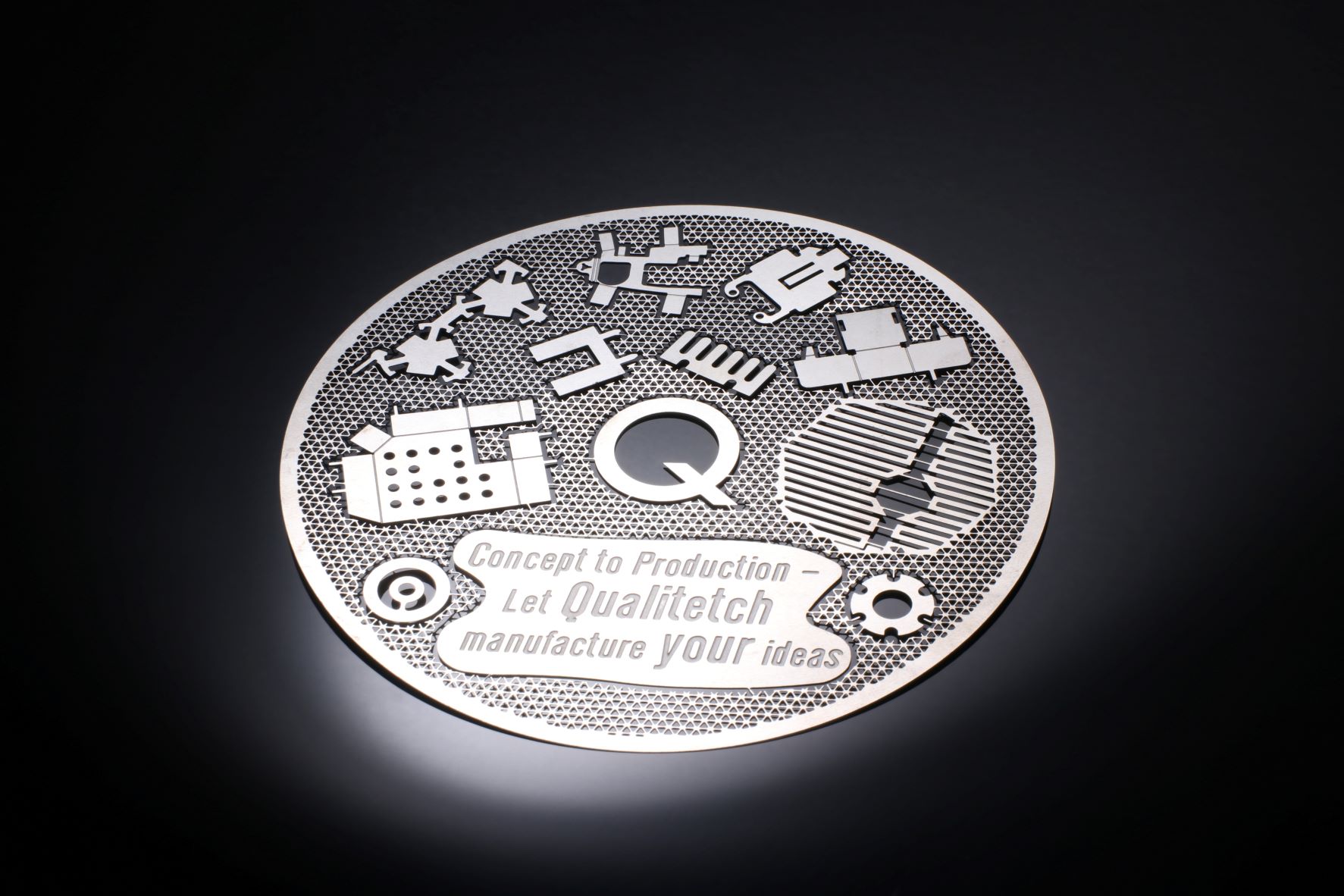Votre solution complète de fabrication de composants métalliques
Votre solution complète de fabrication de composants métalliques

Many of the services we provide here at Qualitetch; such as chemical etching, plating and finishing and component forming, are perfect for a large variety of metals.
Please visit our website for more information, or call us on +44 (0)1354 658787 or complete our contact us enquiry form to discuss your project options.
Here at Qualitetch, we work with a huge variety of metals on a daily basis, dependant on your needs and requirements. In this instalment, we are looking at Titanium in more depth. Titanium can be found in every living thing on Earth, and beyond, and is one transition metal that is extremely unique in high standing; it is, after all, named after the Greek Gods!
Get to Grips with Titanium
Of course, this list could be endless, but by highlighting a few intriguing and fascinating facts, we hope we have provided you with something more substantial than just a piece of resilient metal. As one of the most versatile metals, the opportunities with this metal are huge.
